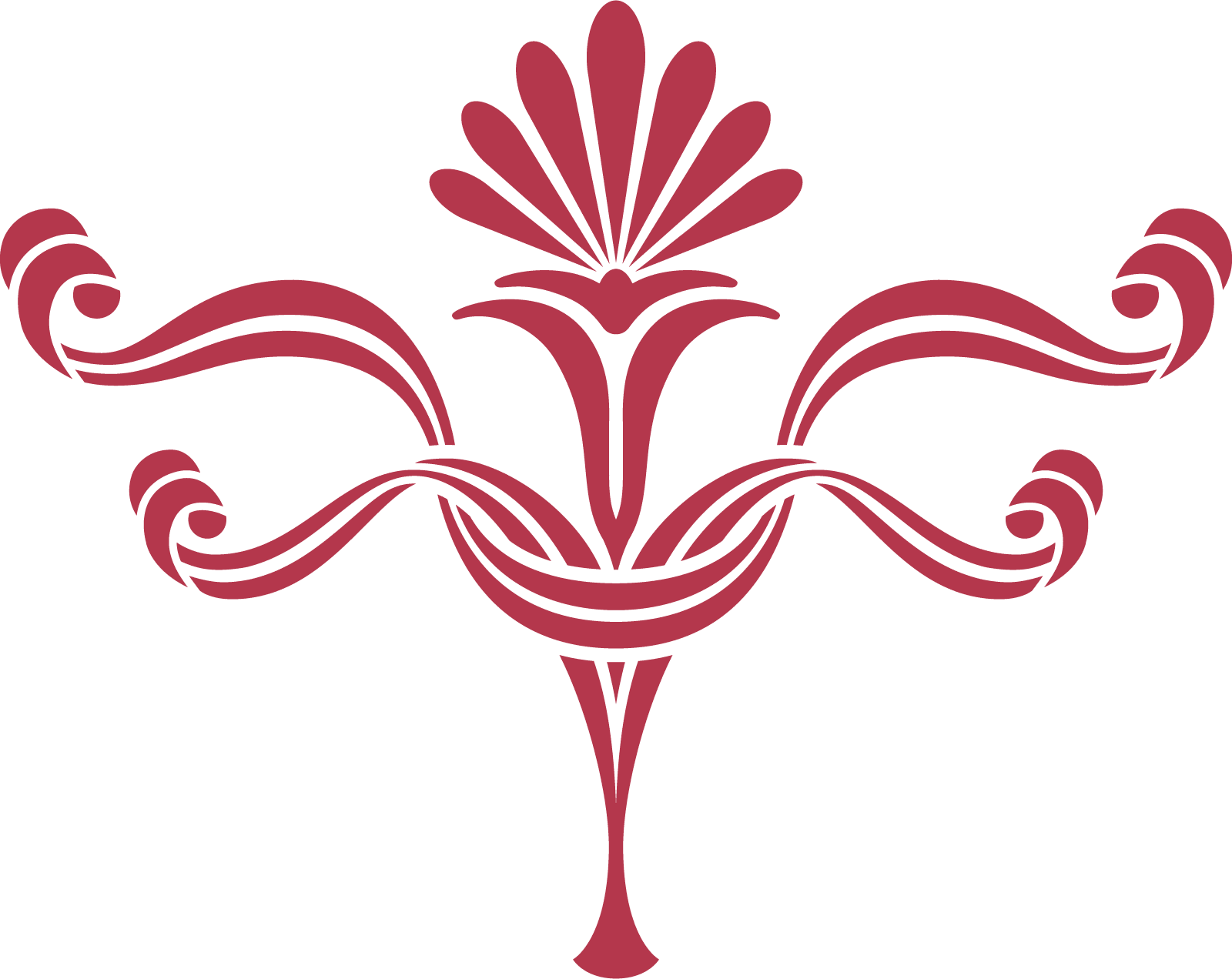“I like Picasso for form and drawing and Braque for rhythm, but Matisse remains my spiritual father” Mouly
Born in Paris, Marcel Mouly was interested in drawing as a child but did not intend to make it a career. He was first sent to a drawing class as a form of punishment, but exhibited a natural artistic talent.
At age 13, Mouly left school to work, first as a beach vendor, then as an apprentice to a local dentist and later for a wine merchant delivering heavy baskets of wine. In 1935, while still employed by the wine merchant, Mouly began taking night classes in the arts at French Academies, the Cours Montparnasse 80, where he remained until he served in military duty during the Second World War beginning in 1938.
In 1940, during the occupation of France, Mouly returned to civilian life and, along with fellow artist Édouard Pignon, rented the Boulogne studio of famed modernist sculptor Jacques Lipchitz (1891-1973) who introduced Mouly to Cubism. Inspiration consumed Mouly as he walked the halls of the French Art academies, overwhelmed with visions of late night critiques and the history behind the pioneers of a movement. Jacques Lipchitz, the great sculptor, became his mentor and assisted with his development into cubism.
During a trip to Normandy in 1942, Mouly was stopped by German officials and questioned for his lack of travel documentation, which was then required by the Vichy government. He was arrested shortly after their return to Paris, and mistakenly imprisoned as spies. During his solitary confinement, Mouly resolved that he would dedicate himself to becoming a well-known artist.
By the mid-1940s, Mouly's art began to gain notoriety from his peers and collectors. In 1943 he had his first showing of two paintings at the Salon d’Automne in Paris. From there his professional career took shape, heavily influenced by such greats as Matisse, Picasso and Braque. His paintings were exhibited alongside the paintings of Matisse in the Salon d'Automne in Paris, 1945. The following year he moved to La Ruche where he became friends with Picasso, Chagall and Klein, and exhibited at the Salon du Mai. Mouly's first one-person exhibition was held in 1949 at the Libraire Bergamasque.
While one may note Mouly's use of the deep, bold colours typically used in Matisse’s Fauvist works, or the Cubism of Picasso, Mouly’s style is uniquely and unmistakably his own. By the 1950s Mouly was already seen as an emerging brilliant and skilled young painter. In the mid 1950s, he began to work in the printmaking medium of lithography and he was soon recognised as a master printmaker.
Marcel Mouly exhibited both his paintings and printmaking extensively, receiving widespread acclaim. Since his first exhibition in 1947, Mouly’s artwork has become a part of the permanent collections of 20 museums internationally, including the Museum of Modern Art in Paris, the Museum of Modern Art in Japan, the Museum of Geneva, the Museum of Modern Art in Helsinki, and Paris’ Bibliotheque Nationale. He has also been the subject of numerous books, and recognised by such honours as the Chevalier de L'Orde des Arts et Lettres (1957) and the Premier Prix de Lithographie (1973). Mouly is also famed to been the last surviving student of Pablo Picasso.
Although Mouly died on January 7, 2008, a month before his 90th birthday, his art and his legacy live on. At his death in 2008, he was the last living protégé of Picasso.



